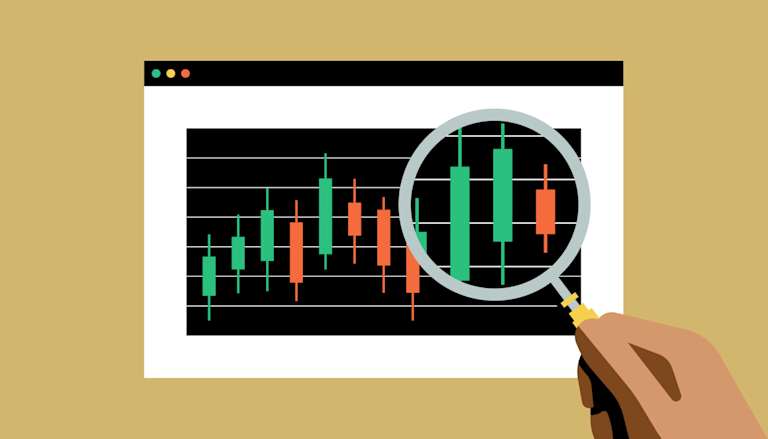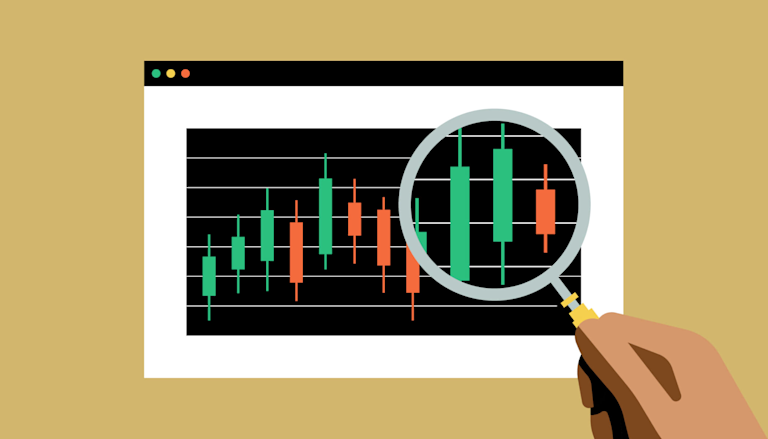Understanding Crypto Trading Charts A Comprehensive Guide to Analyzing the Market

Understanding Crypto Trading Charts: A Comprehensive Guide to Analyzing the Market
In the rapidly evolving world of cryptocurrencies, understanding crypto trading charts is essential for success. Knowing what these charts signify can enable traders to make informed decisions, optimizing their strategies to maximize profits. For those looking to delve deeper into the intricacies of crypto trading, Crypto Trading Charts visit website for more insights and information.
What Are Crypto Trading Charts?
Crypto trading charts are graphical representations of cryptocurrency price movements over varying periods. They help traders visualize trends, identify patterns, and gauge market sentiment. Typically, these charts display price data across multiple time frames—from minute-by-minute fluctuations to weekly or monthly summaries. The key to effectively using these charts lies in understanding the technical indicators and patterns they present.
The Different Types of Crypto Charts
There are several types of crypto trading charts that traders use to analyze the market. The most common ones include:
- Line Charts: These charts connect closing prices over a specified time period. They provide a simple overview of price movements and are ideal for identifying long-term trends.
- Bar Charts: Bar charts show the opening, closing, high, and low prices for a specific time frame. This format offers more detail than line charts and helps traders better understand market volatility.
- Candlestick Charts: Candlestick charts are popular among traders due to their visual appeal and detailed information. Each candlestick represents a specific time period and includes four key price points: open, close, high, and low. They can indicate market sentiment and potential reversals through various formations, such as bullish engulfing or bearish reversal patterns.
Understanding Trends in Crypto Trading Charts

Recognizing market trends is vital for any trader. Trends can be classified into three categories: upward (bullish), downward (bearish), and sideways (neutral).
Upward Trend: Characterized by higher highs and higher lows, an upward trend indicates a strong buying interest in a cryptocurrency. Traders often look for opportunities to enter positions during pullbacks within this trend.
Downward Trend: This is when prices consistently make lower lows and lower highs, signaling selling pressure. In a downward trend, traders might look for signs of reversal or potential short-selling opportunities.
Sideways Trend: When the market lacks clear direction, prices will oscillate within a defined range. In such scenarios, traders may adopt strategies like range trading, capitalizing on price fluctuations within established support and resistance levels.
Technical Indicators in Crypto Trading
Numerous technical indicators can enhance the analysis of crypto trading charts. Some of the most widely used indicators include:

- Moving Averages: These smooth out price data to identify trends over specific periods. Traders often use the simple moving average (SMA) or exponential moving average (EMA) to determine potential entry and exit points.
- Relative Strength Index (RSI): The RSI measures the speed and change of price movements, helping traders identify overbought or oversold conditions, which can signal potential reversals.
- MACD (Moving Average Convergence Divergence): MACD is an indicator that shows the relationship between two moving averages. It helps traders identify momentum shifts and potential buy or sell signals.
The Role of Volume in Crypto Trading
Volume is another critical aspect to consider while analyzing crypto trading charts. High trading volume often indicates strong market interest, which can validate price movements. Conversely, low volume may suggest a lack of conviction behind price changes, making it essential for traders to analyze volume alongside price movements to make informed decisions.
Common Chart Patterns to Recognize
Recognizing patterns can greatly enhance a trader’s ability to forecast future price movements. Some common chart patterns include:
- Head and Shoulders: This pattern signals a reversal and indicates a potential trend change from bullish to bearish or vice versa.
- Double Top/Bottom: These patterns signify potential reversals and occur when prices peak at the same level (double top) or dip (double bottom) multiple times.
- Triangles: Triangles—ascending, descending, and symmetrical—can indicate continuation or reversal of trends, depending on the breakout direction.
Conclusion
Understanding crypto trading charts is crucial for anyone looking to navigate the cryptocurrency market successfully. By familiarizing yourself with different types of charts, trends, indicators, and patterns, you can develop a robust trading strategy that aligns with your financial goals. Remember that steady practice and continuous education are key to becoming a proficient trader in the dynamic world of cryptocurrencies.



